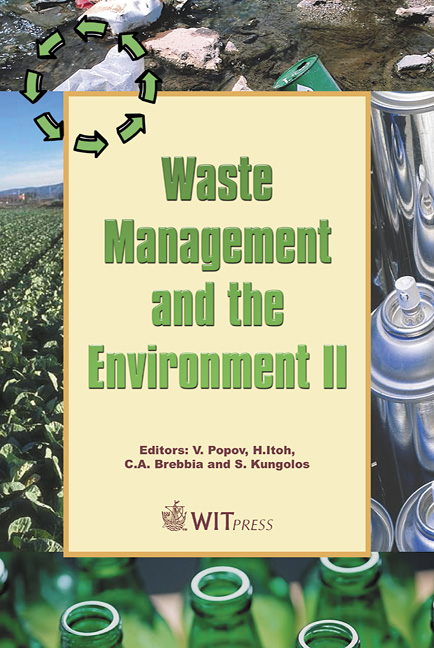The Characteristics Of Recycled Fibres In The Function Of The Natural And Accelerated Ageing Of Prints
Price
Free (open access)
Transaction
Volume
78
Pages
9
Published
2004
Size
4,072 kb
Paper DOI
10.2495/WM040361
Copyright
WIT Press
Author(s)
I. Bolanca & Z. Bolanca
Abstract
The characteristic of residual ink particles as well as the size distribution and count of particles per unit area at different steps of a de-inking process are helpful to understand and optimize the process of recycling. The investigation results of the influence of the conditions in the Xerox printing technique, as well as the natural ageing of prints on the count of particles and ink area, are presented in the work. The influence of the multicolor and de-saturated print obtained by the digital offset printing technique and exposed to the accelerated ageing on the efficiency of the de-inking flotation is observed. The results are discussed, with the explanation of the influence of the ageing process of the digital prints of different techniques and printing conditions on the process of detaching and removal of the printing toner in recycling. Keywords: digital prints, ageing, flotation deinking, count of particles, ink area. 1 Introduction One of the factors which influence the de-inkability of waste paper is the process of its ageing. Generally, the ageing could be in fact defined as a sum of all irreversible physical and chemical processes that happen in the material during time. Deterioration in quality of an aged paper can manifest itself in chemical permanence and the decrease in mechanical durability [1]. The permanence of paper or prints depends on the chemical resistance of its components and of the influence of external factors. The durability depends mainly on the physical and
Keywords
digital prints, ageing, flotation deinking, count of particles, ink area.





